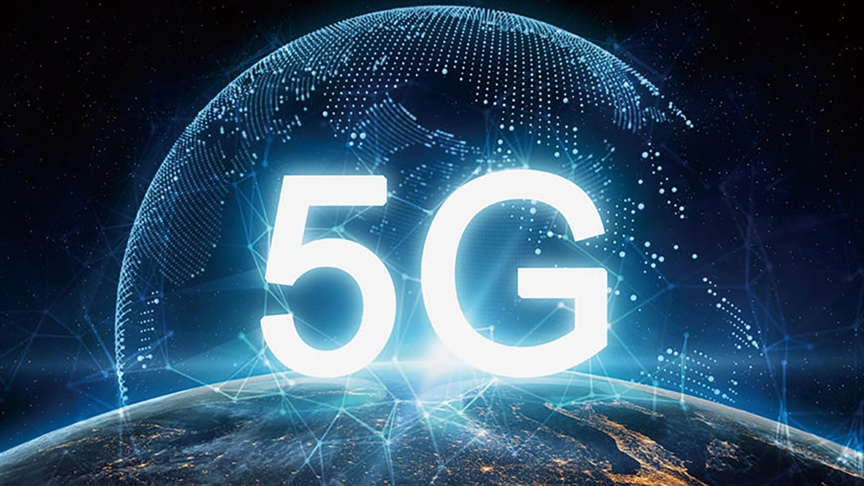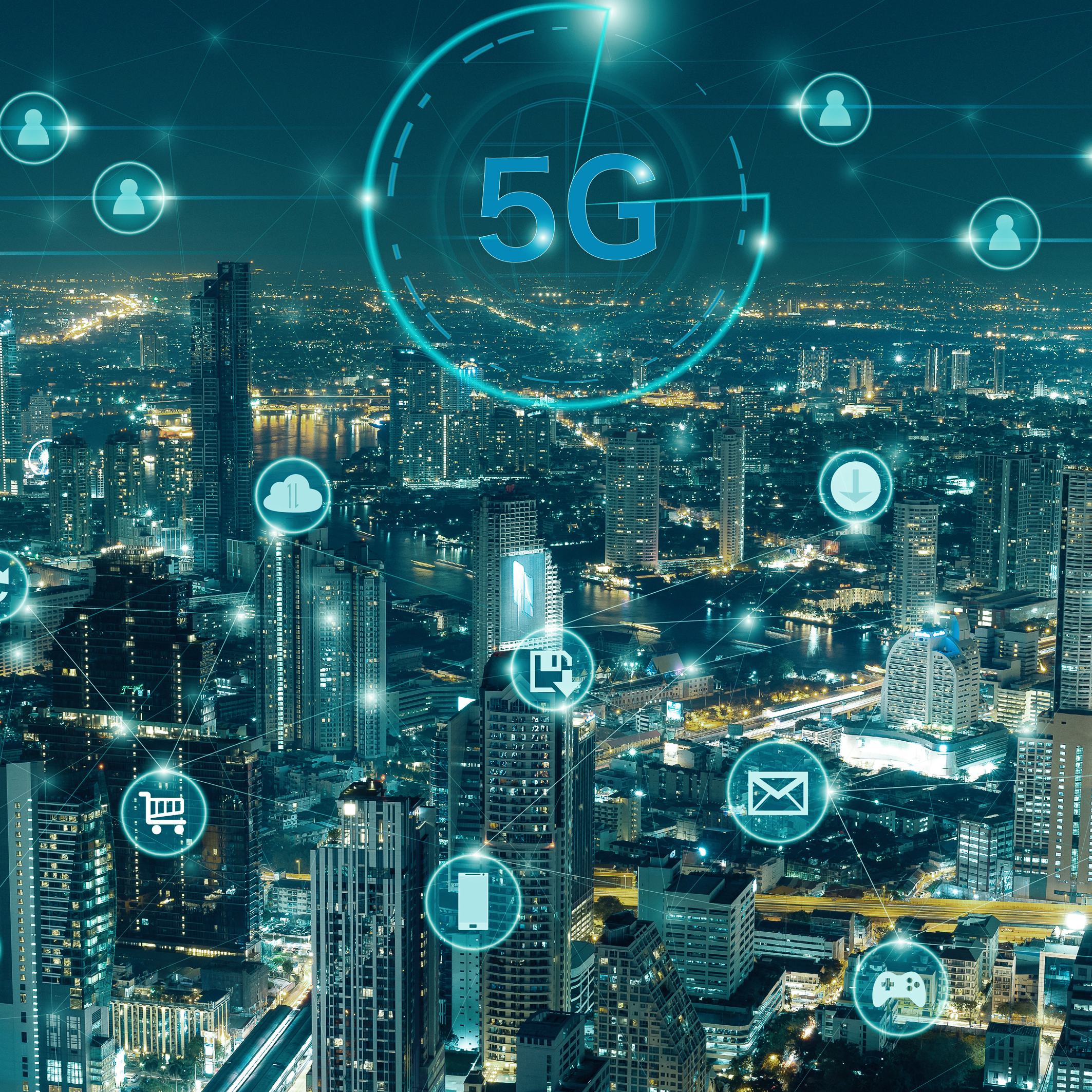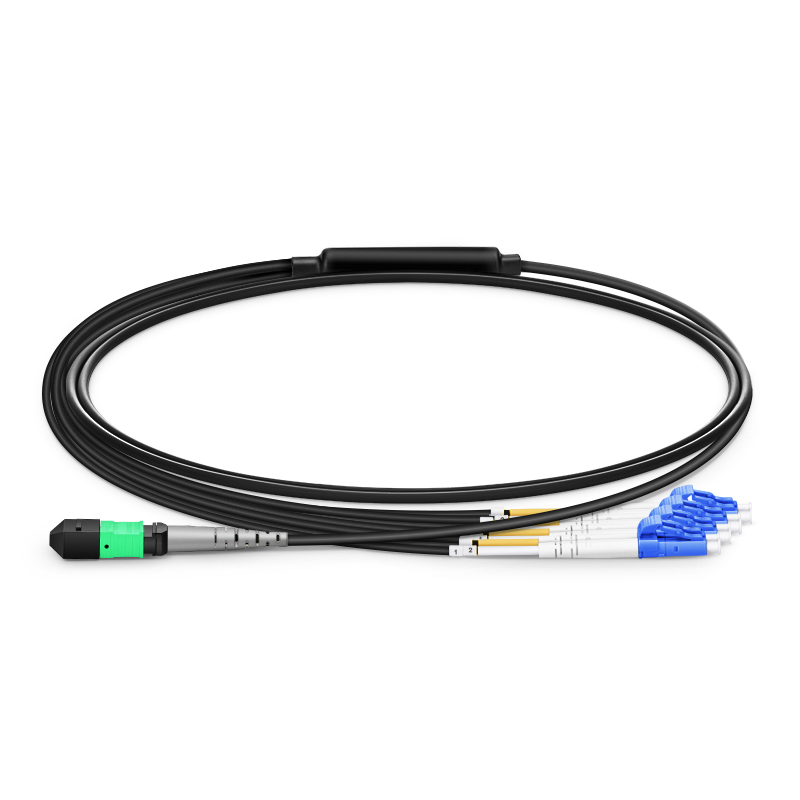5G technology: Miracle of IoT connectivity or catalyst for a new era?

1.Basic of 5G technology
5G technology is the fifth generation of mobile communications technology, which introduces a number of key features that make it ideal for IoT connectivity. First, 5G provides higher data transmission rates, far exceeding 4G technology. This means data can be transferred between devices at a faster rate, speeding up response times and efficiency for IoT applications.
Secondly, 5G technology has lower latency. Latency is the time it takes from sending data to receiving it. The latency of the 5G network can be reduced to the millisecond level, almost real-time. For IoT applications that require instant feedback and interaction, such as smart homes and self-driving cars, low latency is critical.
In addition, 5G networks have greater capacity and can support the connection of large-scale devices. According to the definition of IoT, billions of devices and sensors will be connected to each other and exchange massive amounts of data. The capacity of 5G networks expands transmission capabilities, enabling a large number of devices to transmit data simultaneously, thereby meeting the needs of IoT connections.
2. Challenges of IoT connectivity
Although IoT connectivity brings huge potential, it also faces some challenges. First of all, the Internet of Things needs to connect a large number of devices and sensors, which requires the network to support a massive number of device connections. Traditional network architectures can encounter scalability and capacity limitations when connecting hundreds of millions of devices.
Secondly, the amount of data generated by IoT applications is huge and diverse, which places higher demands on the network's processing and analysis capabilities. The collection, storage, and processing of data require powerful computing resources and efficient algorithms to extract meaningful information from the data.
In addition, different IoT application scenarios have their own specific needs, such as smart cities, industrial automation, and smart agriculture. Applications in these fields need to meet multiple requirements such as high bandwidth, low latency, reliability and security.
3.The fit between 5G technology and the Internet of Things
The natural fit between 5G technology and the Internet of Things makes it an ideal choice to promote IoT connectivity. First, 5G technology provides a more stable, reliable and fast connection that can meet the needs of high-speed data transmission for IoT applications. This is critical for critical applications such as real-time monitoring and control systems, smart medical devices and drones.
Secondly, 5G’s low power consumption makes it ideal for IoT devices. IoT devices often need to run for long periods of time and may be limited due to factors such as battery life. 5G technology can provide low-power consumption mode and optimized connection methods to extend the battery life of the device.
In addition, the 5G network has the function of network slicing and can be customized according to different application scenarios and needs. This enables the network to provide optimal connectivity and service quality based on the specific requirements of IoT applications.
4. Areas where 5G technology drives innovation in the Internet of Things
5G technology has already begun to promote IoT innovation in some areas. In terms of smart cities, 5G networks can realize applications such as intelligent traffic management, intelligent lighting and environmental monitoring. In the field of industrial automation, 5G technology can support key tasks such as remote monitoring, robot operation, and automated production lines. In the field of smart agriculture, 5G technology can also be used to realize innovative applications such as farmland monitoring, water resources management, and precision agriculture.
Innovations in these areas demonstrate the huge potential of 5G technology for IoT connectivity. Not only do they improve efficiency and sustainability, they also create a smarter, more convenient and safer living environment for us.
5. Challenges and Opportunities
Although 5G technology has great potential in driving IoT connectivity, it still faces some challenges. First, infrastructure construction requires large-scale investment and deployment to ensure broad network coverage. Secondly, ensuring network security and privacy protection are key issues, especially in applications involving personal and sensitive data.
In addition, it is crucial to develop unified standards and specifications to ensure interoperability and compatibility between different vendors and devices. Additionally, cost is another consideration, especially for developing countries and lower-income groups who may not be able to afford the high cost of equipment and services.
Despite these challenges, 5G technology offers tremendous opportunities to enable IoT connectivity. It will bring more innovation and growth across industries, improve the way we live and work, and build a smarter, more efficient and connected future.
Undoubtedly, 5G technology provides great hope and opportunities for IoT connections. Its high speed, low latency and large capacity make IoT connections more reliable and efficient. Through the leadership of 5G technology, we can expect IoT connections to achieve more innovations and breakthroughs in smart cities, industrial automation, smart agriculture and other fields. However, to realize the miracle of IoT connectivity, we need to overcome some challenges, such as infrastructure construction, security protection and cost issues. Only through the joint efforts and cooperation of all parties can 5G technology truly become a miracle of IoT connectivity and bring us a smarter and more connected future.










